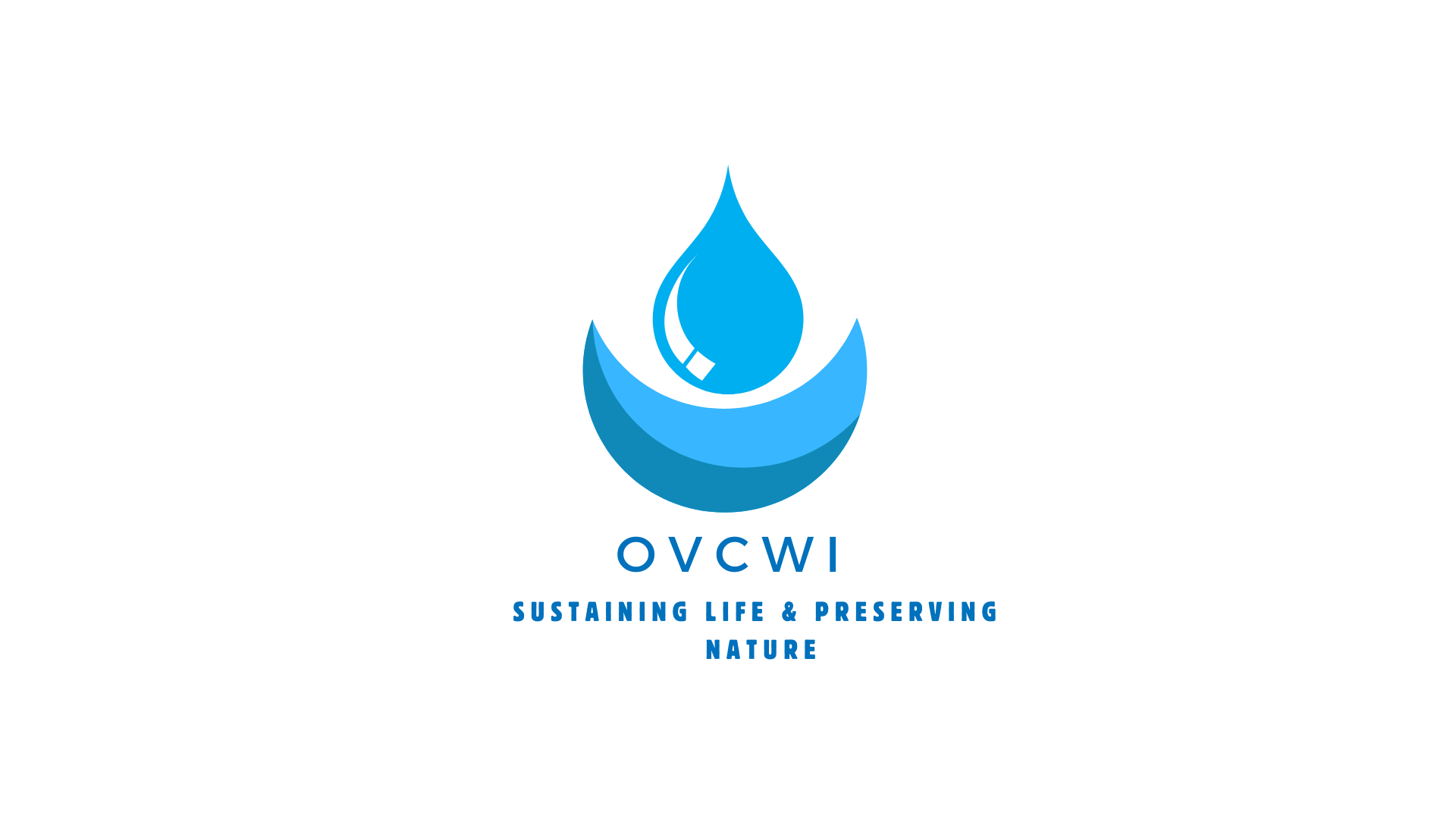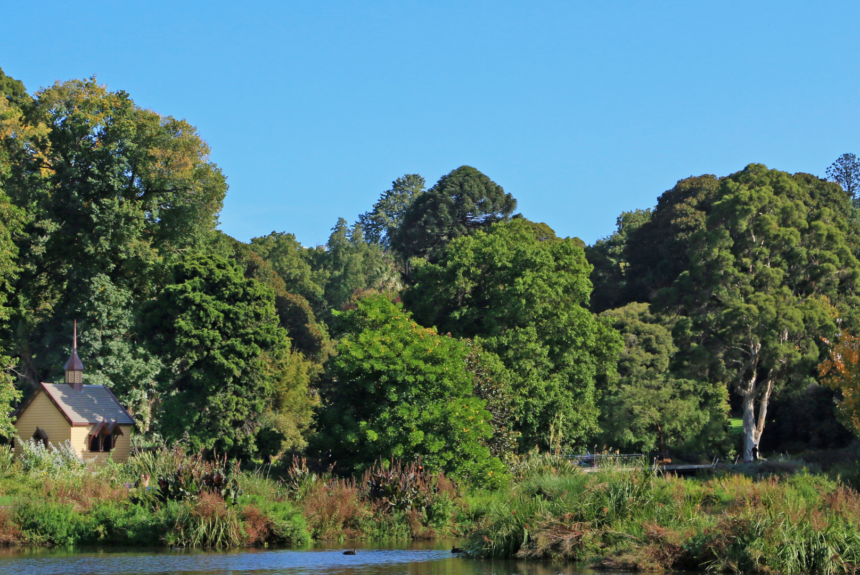Ethiopia’s Omo Valley is a stunningly beautiful and biodiverse region located in the southwestern part of the country. Its lush forests, wide savannas, and winding rivers make it a haven for diverse plant and animal species. However, over the years, this area has faced significant deforestation and water scarcity, threatening its delicate ecosystem and the local communities who rely on it.
In recent years, the Ethiopian government and various conservation organizations have taken steps to preserve the Omo Valley’s forests and promote water conservation in the region. This preservation effort not only aims to protect the natural beauty of the area but also to support the livelihoods of the indigenous populations who have called it home for centuries.
The Omo Valley’s forests play a crucial role in maintaining the region’s water supply. These forests act as natural reservoirs, storing water and slowly releasing it into streams and rivers, providing a steady flow even during the dry season. They also help regulate the climate, preventing erosion and maintaining the soil’s fertility, which is essential for the local communities’ agricultural activities.
One of the main threats to the Omo Valley’s forests comes from unsustainable farming practices. The demand for agricultural land has led to the clearing of large tracts of forest, leaving behind barren, dry land that is more susceptible to erosion and drought. To combat this issue, the Ethiopian government, along with conservation organizations, is implementing sustainable farming practices and promoting agroforestry techniques that maintain the balance between agriculture and the natural environment.
Another significant threat to the Omo Valley’s forests is the rampant illegal logging, which not only depletes the forest cover but also contributes to soil erosion, leading to water scarcity. To address this, the government has strengthened its forest protection laws and increased patrols to crack down on illegal logging activities. They have also implemented reforestation programs to restore areas that have been deforested, encouraging the local communities to participate in tree-planting initiatives.
In addition to preserving forests, water conservation efforts have also become a priority in the Omo Valley. One of the successful strategies is the construction of small dams and canals that capture and redirect rainfall, providing water for household consumption and agriculture. These projects have also helped replenish groundwater levels, ensuring a more sustainable water supply for the region.
Moreover, the government has also launched education and awareness programs to educate local communities about the importance of water conservation and the adverse effects of deforestation. By involving the communities in conservation efforts and providing them with alternative livelihood options, such as eco-tourism, the government is encouraging them to become active participants in preserving their natural resources.
In conclusion, preserving the Omo Valley’s forests and promoting water conservation is a critical step in protecting the region’s unique biodiversity and the livelihoods of its people. The efforts of the Ethiopian government and conservation organizations are commendable, and it is essential to continue investing in sustainable practices to ensure a healthy and thriving ecosystem for future generations to come. As visitors to this region, it is also our responsibility to respect nature and contribute to its conservation through responsible tourism practices. Together, we can ensure the preservation of this natural wonder for years to come.
Discover more from Omo Valley Clean Potable Water Initiatives
Subscribe to get the latest posts sent to your email.


